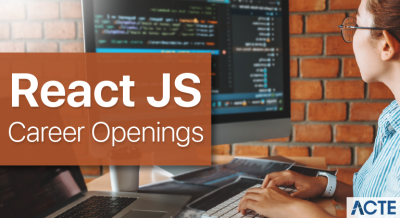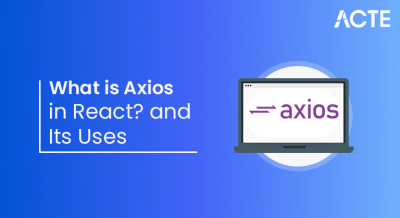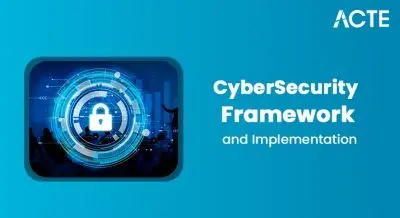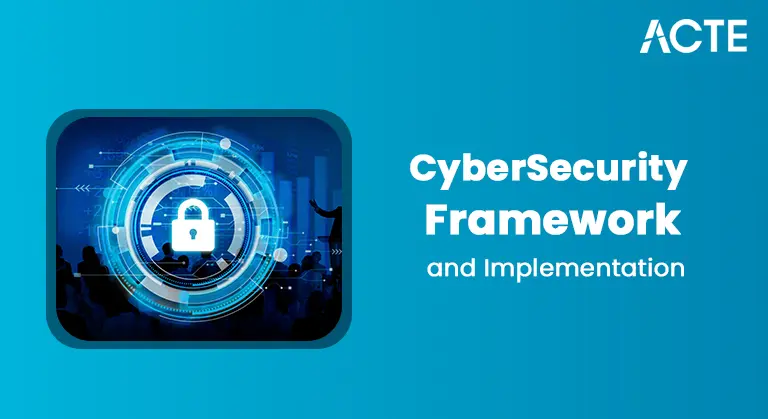
- Importance of Self-Introduction
- Structuring Your Introduction
- Key Elements to Include
- Academic Background
- Work Experience Highlights
- Strengths and Skills
- Career Aspirations
- Personal Touch or Hobbies
- Tips for Confidence
- Common Mistakes to Avoid
- Sample Introductions
- Final Advice
Importance of Self-Introduction
A self introduction interview is an essential communication skill, both in professional and social settings. Whether you’re at an interview, networking event, or simply meeting someone for the first time, a strong self-introduction sets the tone for the interaction. It serves as a first impression and is an opportunity to convey key aspects about yourself concisely and confidently. Self-introductions help establish your identity, build rapport, and set expectations for the conversation. They give the listener insight into who you are, what you do, and what value you can offer. The significance of a well-structured self-introduction lies in its ability to engage the audience, highlight your strengths, and create an impact that resonates long after the conversation ends. Whether you’re presenting yourself at a self introduction interview, during a public speaking event, or even in casual networking, mastering this skill can help you make a lasting impression.
To Explore PMP in Depth, Check Out Our Comprehensive PMP Certification Training To Gain Insights From Our Experts!
Structuring Your Introduction
A self introduction interview is most effective when it is structured and purposeful. Depending on the situation, your introduction may vary in length, tone, and content. However, the core structure remains the same. A well-structured self-introduction typically consists of the following key sections:
- Opening Statement: Start with a simple greeting and your name. In formal contexts, you may also want to include your title or the role you’re representing.
- Who You Are: Briefly introduce yourself, mentioning your profession or what you do. This could be your job title, current academic pursuit, or a relevant activity that defines your role in the context.
- What You Do: Elaborate on your professional background or area of expertise. If relevant, you can mention any recent accomplishments, milestones, or projects.
- Why You’re Here: Provide a short explanation of why you’re introducing yourself, especially in formal settings. For example, you might want to explain your reason for attending a networking event, an interview, or a business meeting.
- Closing Remark: End your introduction with a friendly, concise closing that opens the floor for further conversation or questions.
- Name and Profession: Start with your name, followed by your profession or current job title. This is a natural and clear starting point for your introduction. You can also add where you work or study to provide more context.
- Academic Background: Briefly mention your education, including your degree(s), specializations, or certifications. This information helps establish credibility and shows your qualifications. If you have relevant coursework or specific projects that are related to the topic of discussion, mention them as well.
- Work Experience and Accomplishments: Highlight your work experience, focusing on relevant roles and achievements. If you’re introducing yourself in a professional setting, mentioning past roles or current projects will showcase your expertise. Make sure to include any achievements, milestones, or contributions you’ve made in your field.
- Key Strengths and Skills: Talk about your core strengths and skills, especially those that are directly relevant to the context of your introduction. For example, in a job interview, mention the skills you have that align with the job description.
- Career Aspirations: It’s important to share your future goals or aspirations. This shows you have direction and ambition. Whether you’re looking for career growth, learning opportunities, or new challenges, mentioning your career aspirations can inspire confidence and interest.
- Personal Touch or Hobbies: Including a personal touch such as your hobbies or interests helps humanize your introduction and adds relatability. This is especially helpful in casual or social settings. However, ensure that your personal touch remains professional and appropriate to the context.
- Degree Information: Mention your degree(s), major(s), and any specialized certifications that are relevant to the conversation.
- Key Achievements: If you had notable achievements during your academic career (e.g., high GPA, awards, research contributions), briefly highlight these.
- Relevant Courses/Projects: If you’ve worked on projects or research that are directly relevant to your current career or aspirations, briefly mention them.
- Technical Skills: Proficiency in specific software, tools, or technical skills (e.g., coding, data analysis, project management).
- Soft Skills: Communication, leadership, teamwork, problem-solving, adaptability, etc.
- Example for Growth: “In the next five years, I hope to become a senior developer and eventually move into a project management role, leading teams to deliver innovative tech solutions.”
- Example for Change: “I aspire to transition into cybersecurity, leveraging my background in IT and software development to protect systems and data from emerging threats.”
- Hobbies: Mention any activities or interests that align with your professional life or that show your passion and dedication. For instance, if you enjoy coding in your free time or have a blog related to your industry, it’s relevant and interesting to share.
- Personal Facts: Sometimes, a unique personal fact can make you memorable, but ensure it’s appropriate for the setting.
- Being Too Vague: Avoid giving generic answers that lack specificity.
- Overloading with Information: Don’t overwhelm the listener with irrelevant details. Stick to the essentials.
- Being Overly Humble or Too Arrogant: Striking the right balance is key. Be confident, but not boastful.
- Professional Introduction: “Hi, my name is Sarah, and I’m a software developer with 3 years of experience in mobile app development. I recently worked on a project that helped reduce app load time by 30%. I’m passionate about optimizing user experiences and am currently learning more about machine learning. I’m excited to connect with other developers and share insights.”
- Casual Introduction: “Hi, I’m Raj. I work as a graphic designer at a design agency in Mumbai. I’m into photography and love experimenting with visual styles. In my free time, I also blog about design trends and tips.”
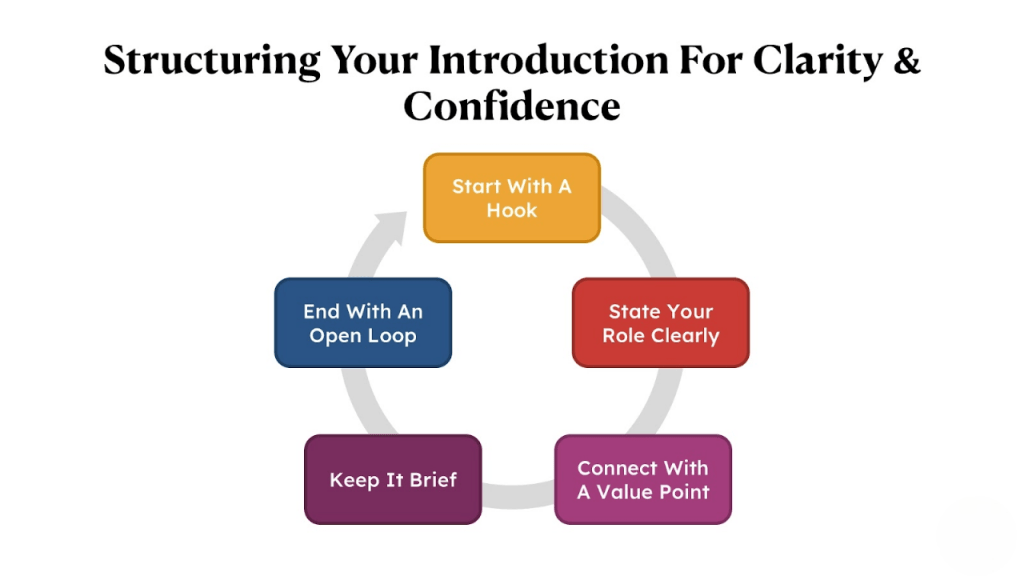
Key Elements to Include
When preparing your self-introduction, there are specific elements that are essential to ensure it is informative, engaging, and relevant. Including these elements will help you present yourself as a well-rounded individual who can make a positive impact. Here are the key elements:
Academic Background
Your academic background is a vital part of your self-introduction. It provides insight into your qualifications and intellectual foundation. This could include:
The key is to keep it concise while highlighting what sets you apart academically. For instance, if you’re in an interview for a tech role, mentioning relevant courses like software development, data analysis, or machine learning can give the interviewer context on your expertise.
Work Experience Highlights
Work experience is one of the most powerful components of a self-introduction, particularly in professional or job-related contexts. It not only provides evidence of your capabilities but also demonstrates your ability to contribute in a specific field. When presenting your work experience, consider the following: When making a professional introduction, you need to present a clear and brief summary of your experience and its relevance to the job. Start with your most recent or current job title and mention any related previous jobs. Focus on positions that highlight your skills and experience in areas directly related to the job or environment you are in. Next, emphasize the most important results that show how your work has had an impact. For instance, you could talk about leading a successful project, improving a process, implementing a new system, or increasing sales. These real-life examples help others understand your value and confirm your contribution. Lastly, highlight the skills you used in those roles, especially those relevant to the current discussion or opportunity. This demonstrates your technical or management abilities, as well as your understanding of how your skills can be valuable in today’s world.
Strengths and Skills
Your strengths and skills should reflect your personal and professional attributes that make you valuable. These should be related to your expertise, but also to your personal traits and characteristics that will appeal to the audience.
Examples include:
When mentioning strengths and skills, it’s helpful to offer examples or situations where you demonstrated them. For instance, “My leadership skills were evident when I managed a team of five in the development of a new software feature, which increased user engagement by 20%.”
Career Aspirations
Your career aspirations can give others a glimpse of your long-term vision. Whether you’re looking to grow in your current industry, pivot to a new role, or take on leadership positions, explaining your aspirations shows that you are goal-oriented and forward-thinking.
For example:
Personal Touch or Hobbies
Including a personal touch in your introduction can humanize you and make you more relatable. However, it’s important to balance personal information with professionalism. Here are some ideas:
Are You Preparing for PMP Jobs? Check Out ACTE’s Project Management Interview Questions & Answer to Boost Your Preparation!
Tips for Confidence
Delivering a strong self-introduction requires confidence. Here are a few tips: Prioritizing preparation and presentation is key for a strong and confident introduction. Start by practicing your introduction until it sounds smooth and natural. With regular practice, speaking will feel comfortable and confident, even if you want to avoid sounding overly rehearsed. Good posture is just as important. Stand or sit up straight, smile genuinely, and make eye contact. Your body language shows a lot about your confidence and professionalism. Be brief when you speak. Focus on the most important details about your experience, achievements, and goals without wandering off topic. This makes sure your message is engaging and clear. Finally, stay calm. Before you begin, take a deep breath to relax and gather your thoughts. Keeping a cool head will help you express your ideas clearly and gracefully.
Are You Interested in Learning More About PMP? Sign Up For Our PMP Certification Training Today!
Common Mistakes to Avoid
While introducing yourself, it’s easy to make mistakes. Common ones include:
Not Tailoring the Introduction: Adapt your introduction to the context. For instance, a self-introduction at a job interview should be different from one at a networking event.
Sample Introductions
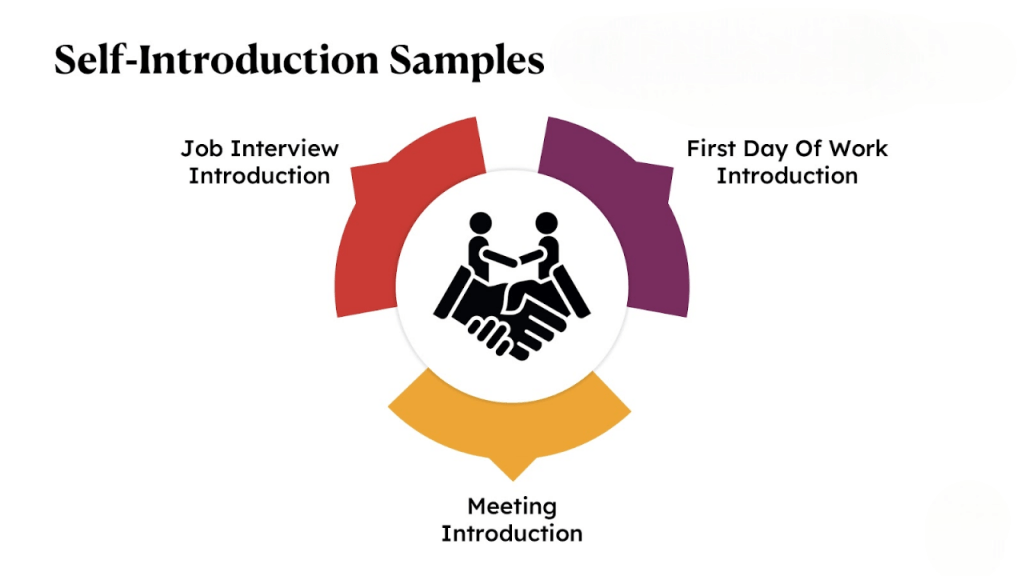
Are You Considering Pursuing a Master’s Degree in PMP? Enroll in the PMP Masters Program Training Course Today!
Final Advice
A self introduction interview is your chance to make a strong first impression. Tailor your introduction to your audience, stay confident, and make sure to highlight the aspects of yourself that are most relevant to the situation. By structuring your introduction thoughtfully and practicing it, you’ll be able to communicate effectively and leave a lasting positive impression.

